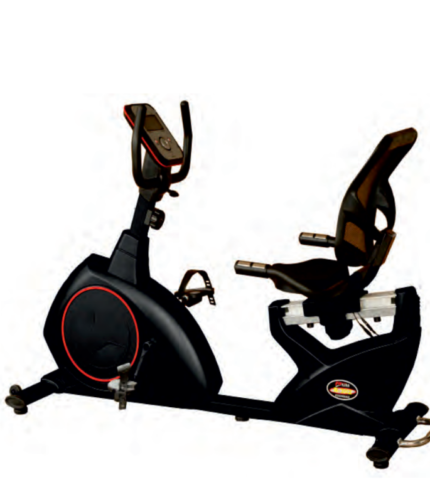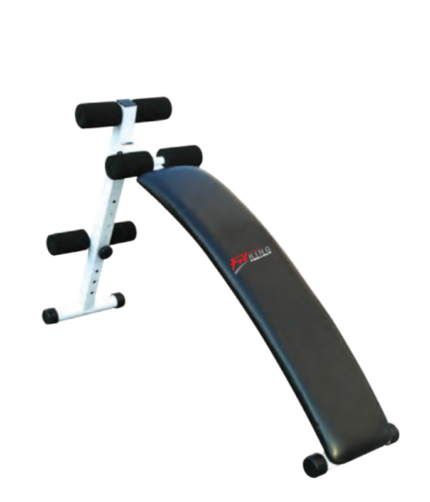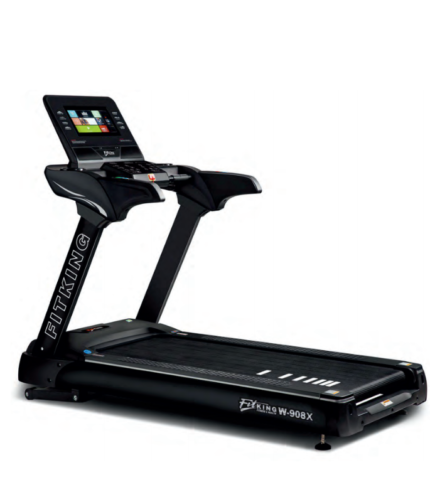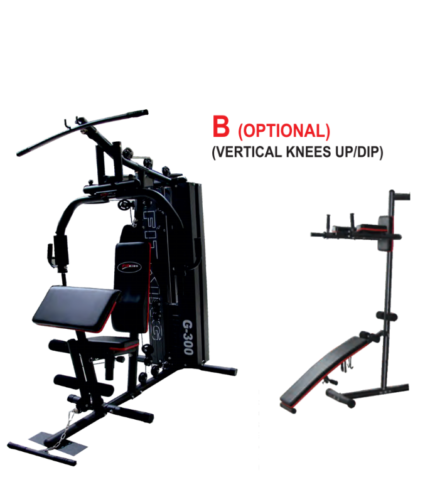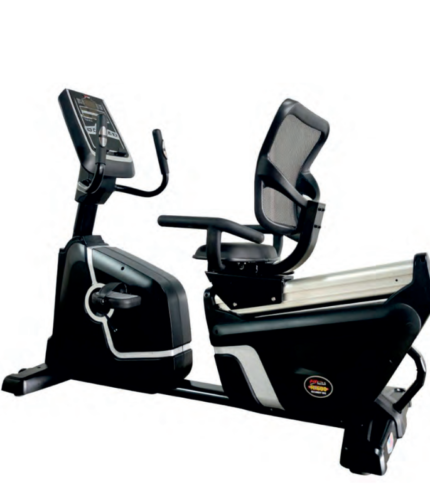In recent years, group training has surged in popularity, transforming the landscape of fitness facilities and how individuals approach their workouts. This trend not only shapes the dynamics of exercise but also significantly influences the types of fitness equipment that gyms and studios choose to invest in. In this blog post, we will explore the impact of group training on fitness equipment choices, examining how this training style affects member engagement, equipment selection, and overall gym success.
Understanding Group Training
What is Group Training?
Group training refers to fitness sessions led by an instructor, where participants engage in exercises together. These sessions can vary widely in format, intensity, and focus, including:
- High-Intensity Interval Training (HIIT)
- Circuit Training
- Yoga and Pilates Classes
- Spin Classes
- Boot Camps
The communal aspect of group training fosters motivation, accountability, and a sense of community among participants.
Benefits of Group Training
- Motivation: Exercising with others can boost motivation levels. Participants often push themselves harder when surrounded by peers.
- Social Interaction: Group training creates opportunities for social interaction, making workouts more enjoyable and less isolating.
- Structured Workouts: Instructors design structured workouts that can efficiently target various muscle groups and fitness goals.
- Cost-Effectiveness: Group classes are often more affordable than personal training sessions, making fitness accessible to a broader audience.
The Influence of Group Training on Equipment Choices
As group training continues to gain traction, gyms and fitness studios must adapt their equipment choices to meet the demands of this evolving landscape. Here are some key ways group training impacts equipment selection:
1. Versatility and Multi-Functionality
Why It Matters
Group training sessions often involve a variety of exercises targeting different muscle groups. As a result, gyms need equipment that can accommodate diverse workout styles.
Equipment Choices
- Adjustable Dumbbells: These allow for quick weight changes between exercises and cater to various fitness levels.
- Kettlebells: Versatile tools for strength training, cardio, and functional movements.
- Resistance Bands: Lightweight and easy to store, they enable a wide range of exercises for all fitness levels.
- Medicine Balls: Ideal for partner exercises and functional training.
2. Space Efficiency
Why It Matters
Many group classes are held in limited spaces, necessitating equipment that maximizes functionality without taking up too much room.
Equipment Choices
- Stackable Weights: Compact designs that can be easily stored when not in use.
- Wall-Mounted Storage: Efficient storage solutions for items like resistance bands and mats help keep spaces organized.
- Compact Cardio Machines: Machines like folding treadmills or compact spin bikes can be beneficial for small studios.
3. Safety Features
Why It Matters
In a group setting, safety is paramount. Equipment needs to be user-friendly and minimize the risk of injury.
Equipment Choices
- Smith Machines: Provide stability for weightlifting while allowing users to perform various exercises safely.
- Non-Slip Flooring: Essential for preventing slips during dynamic movements common in group classes.
- Adjustable Benches: Allow participants to perform various exercises at different angles while ensuring safety.
4. Technology Integration
Why It Matters
As technology becomes increasingly integrated into fitness experiences, group training environments benefit from equipment that enhances engagement through connectivity.
Equipment Choices
- Smart Cardio Machines: Treadmills and bikes equipped with screens that offer virtual classes or track performance metrics.
- Wearable Fitness Trackers: Encouraging participants to monitor their progress during group sessions.
- Interactive Fitness Platforms: Systems that allow instructors to display workout plans or track participant performance in real-time.
5. Specialized Equipment for Class Formats
Why It Matters
Different types of group classes require specific equipment tailored to their unique demands.
Equipment Choices by Class Type:
| Class Type | Recommended Equipment |
| HIIT | Battle ropes, plyo boxes, kettlebells |
| Yoga/Pilates | Yoga mats, blocks, resistance bands |
| Spin Classes | Stationary bikes with adjustable resistance |
| Boot Camps | Sandbags, agility ladders, cones |
The Role of Member Preferences
Understanding Member Preferences
As group training becomes more popular, understanding member preferences is essential for gyms looking to invest in the right equipment. Surveys and feedback can help identify:
- Preferred Class Formats: Knowing which types of classes your members enjoy will guide your equipment choices.
- Fitness Levels: Offering a range of equipment suitable for beginners to advanced participants ensures inclusivity.
- Trends in Fitness: Staying updated on emerging trends (like functional training or wellness-focused classes) helps keep your offerings relevant.
Adapting to Trends
As new fitness trends emerge—such as bodyweight training or functional movement—gyms must adapt their equipment choices accordingly:
- Bodyweight Training Tools: Suspension trainers (e.g., TRX) allow users to leverage their body weight for resistance.
- Functional Training Equipment: Items like balance boards or sandbags cater to those interested in improving overall functionality.
Case Studies: Successful Group Training Implementations
Case Study 1: A Boutique Fitness Studio
A boutique studio specializing in HIIT classes invested heavily in versatile free weights, battle ropes, and plyometric boxes. By focusing on multi-functional equipment that allowed for varied workouts within limited space, they attracted a dedicated clientele seeking high-energy group sessions.
Case Study 2: A Community Gym
A community gym recognized the importance of inclusivity by offering various class formats catering to all demographics—from seniors’ low-impact classes to high-intensity boot camps. They invested in adjustable machines and resistance bands that could accommodate different fitness levels while promoting safety during group sessions.
The Financial Implications
Budgeting for Equipment
Investing in the right equipment for group training requires careful financial planning:
- Initial Investment vs. Long-term Returns: While high-quality equipment may have a higher upfront cost, it often leads to lower maintenance costs and longer lifespans.
- Financing Options: Consider leasing options or financing plans that allow you to spread out costs over time.
- Member Retention Rates: Quality equipment can enhance member satisfaction leading to higher retention rates—an essential factor in long-term profitability.
Marketing Your Offerings
Once you’ve selected your equipment based on group training needs:
- Highlight Unique Offerings: Promote specialized classes that utilize your unique equipment choices.
- Create Engaging Content: Use social media platforms to showcase your classes and the community aspect of group training.
- Member Testimonials: Share success stories from members who have benefited from your group training offerings.
Conclusion
The rise of group training has significantly influenced fitness equipment choices across gyms and studios worldwide. By understanding the unique demands of this format—from versatility and space efficiency to safety features—fitness facilities can make informed decisions about their investments.
As the landscape of fitness continues to evolve, staying attuned to member preferences and emerging trends will ensure that your gym remains competitive while fostering a vibrant community atmosphere through engaging group workouts.
Investing thoughtfully in the right equipment not only enhances the member experience but also sets the stage for long-term success in the ever-changing world of fitness!








